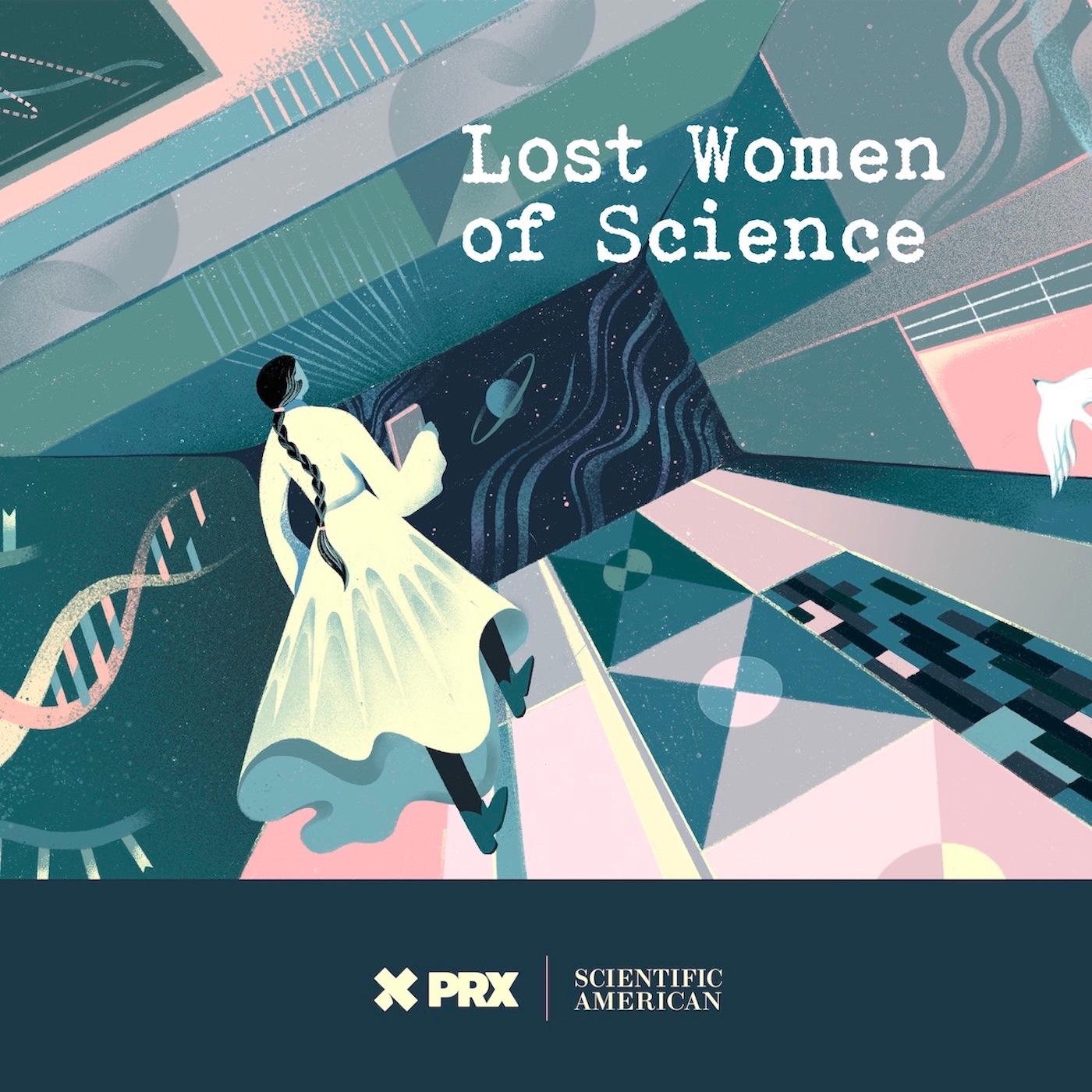
Lost Women of Science
Lost Women of ScienceFor every Marie Curie or Rosalind Franklin whose story has been told, hundreds of female scientists remain unknown to the public at large. In this series, we illuminate the lives and work of a diverse array of groundbreaking scientists who, because of time, place and gender, have gone largely unrecognized. Each season we focus on a different scientist, putting her narrative into context, explaining not just the science but also the social and historical conditions in which she lived and worked. We also bring these stories to the present, painting a full picture of how her work endures.
For every Marie Curie or Rosalind Franklin whose story has been told, hundreds of female scientists remain unknown to the public at large. In this series, we illuminate the lives and work of a diverse array of groundbreaking scientists who, because of time, place and gender, have gone largely unrecognized. Each season we focus on a different scientist, putting her narrative into context, explaining not just the science but also the social and historical conditions in which she lived and worked. We also bring these stories to the present, painting a full picture of how her work endures.

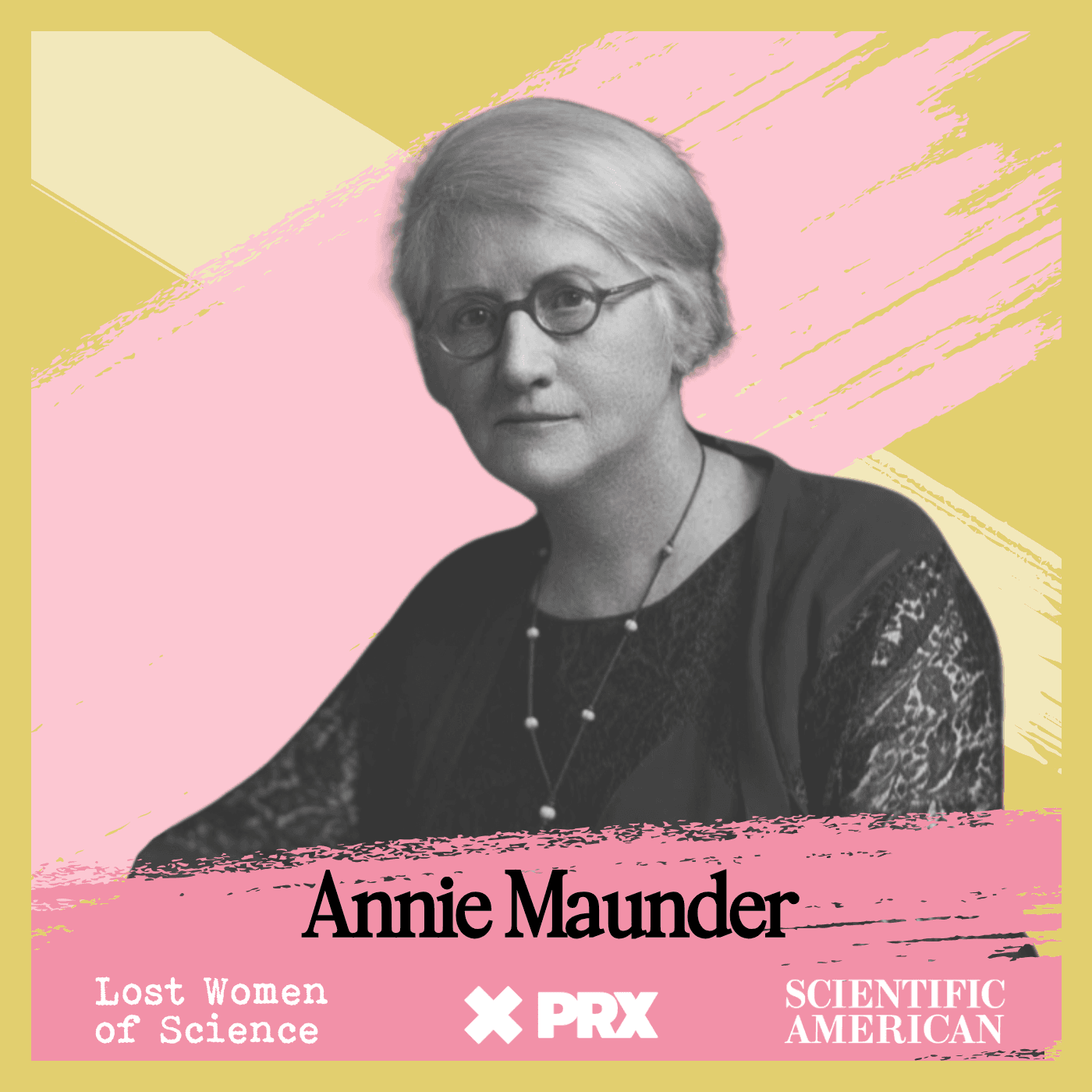









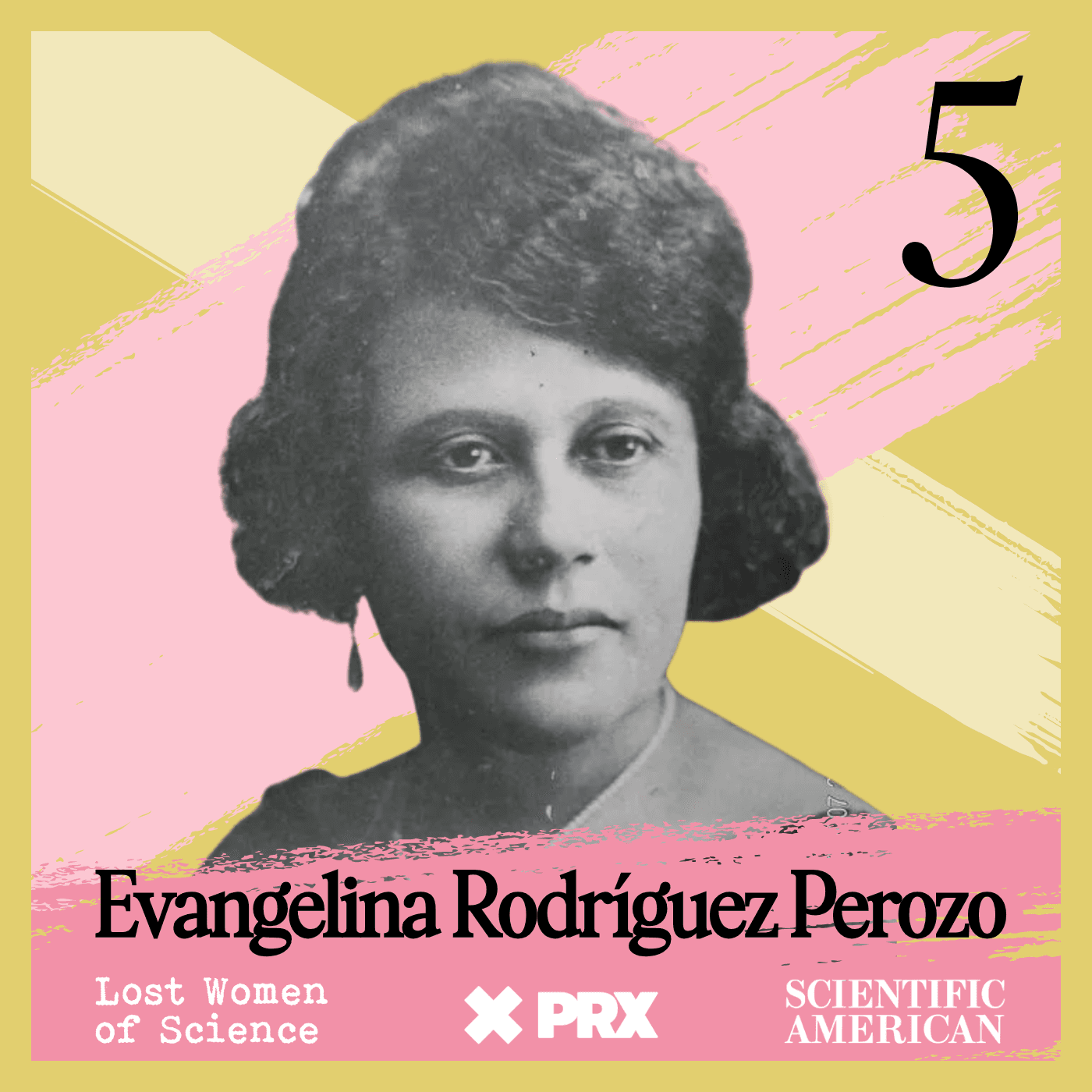













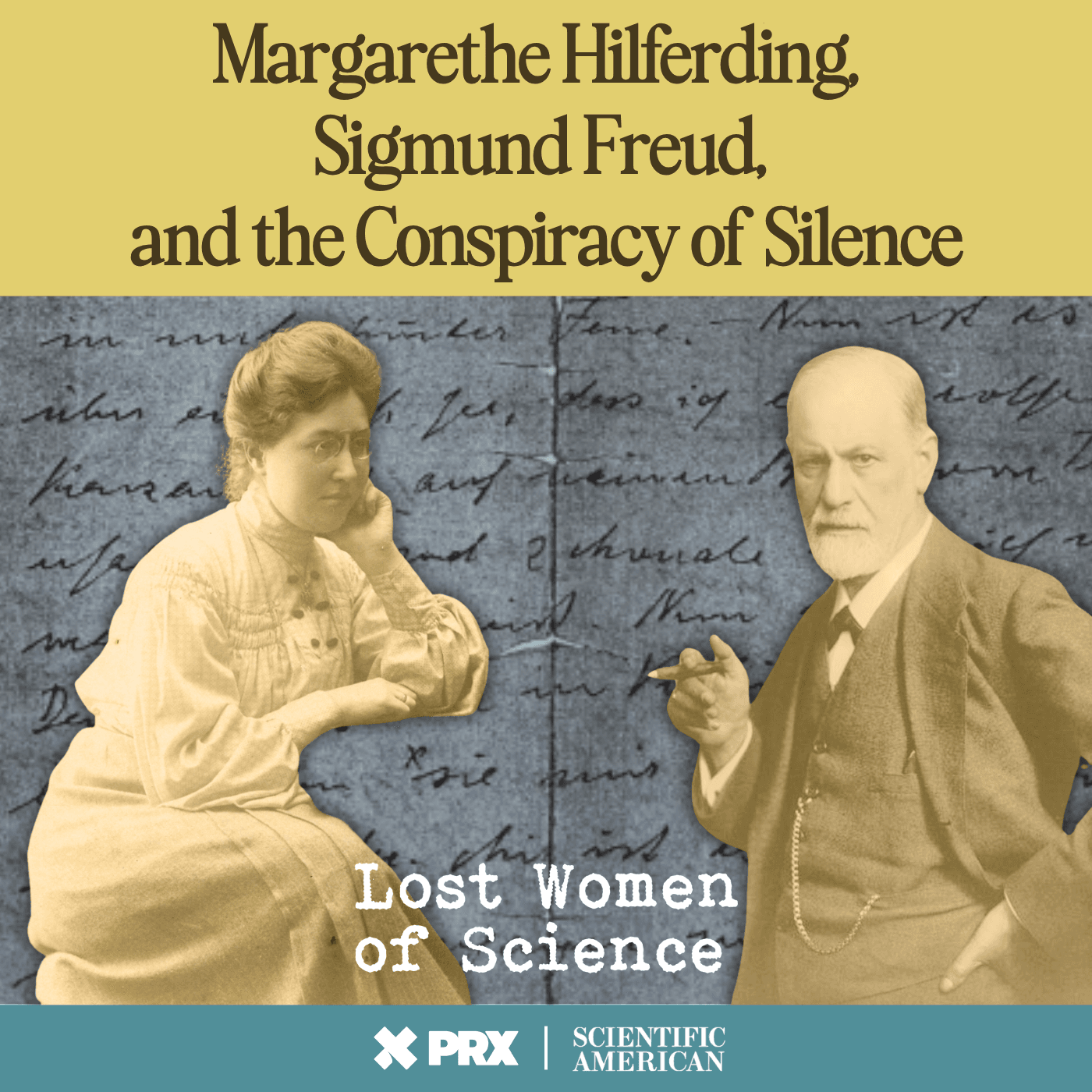





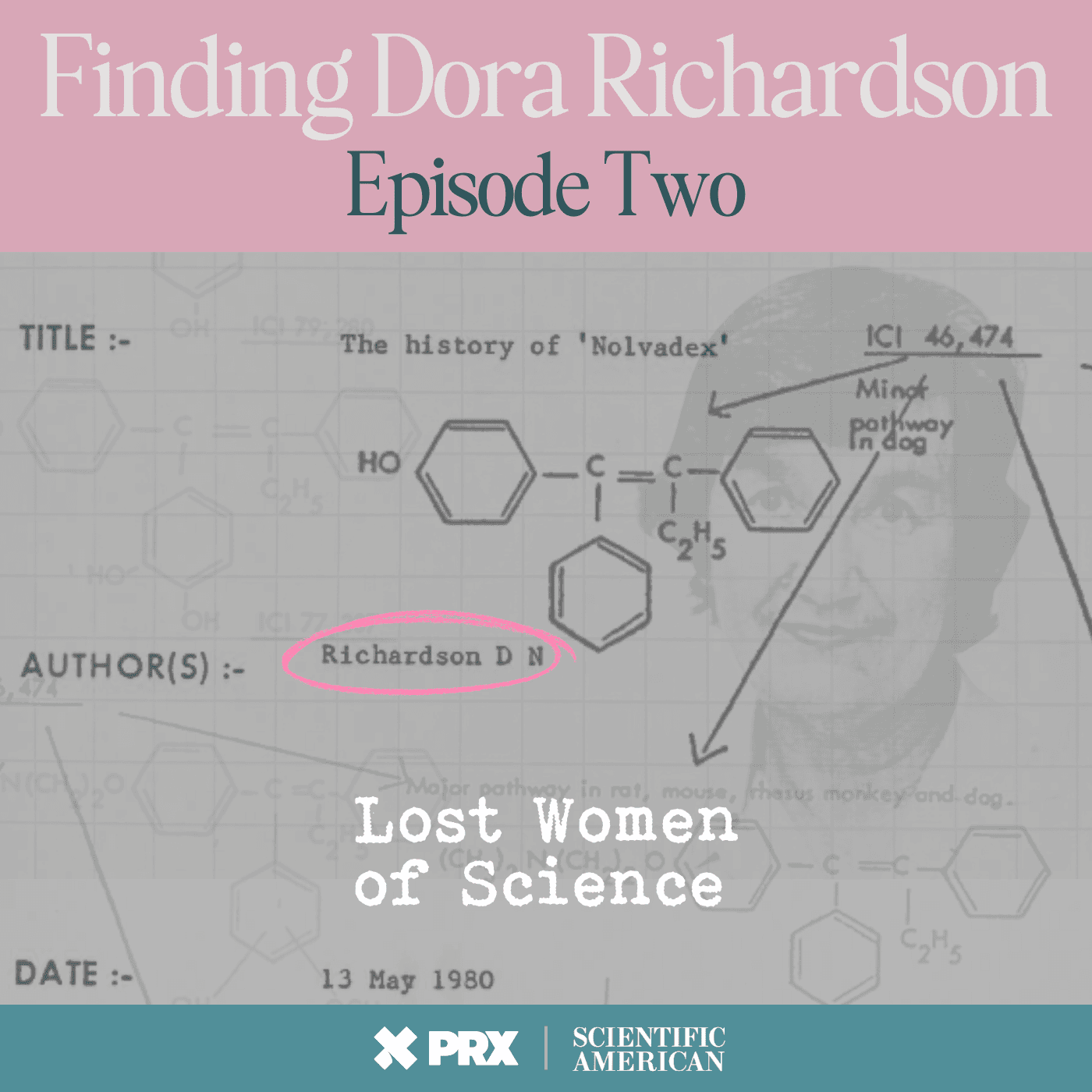
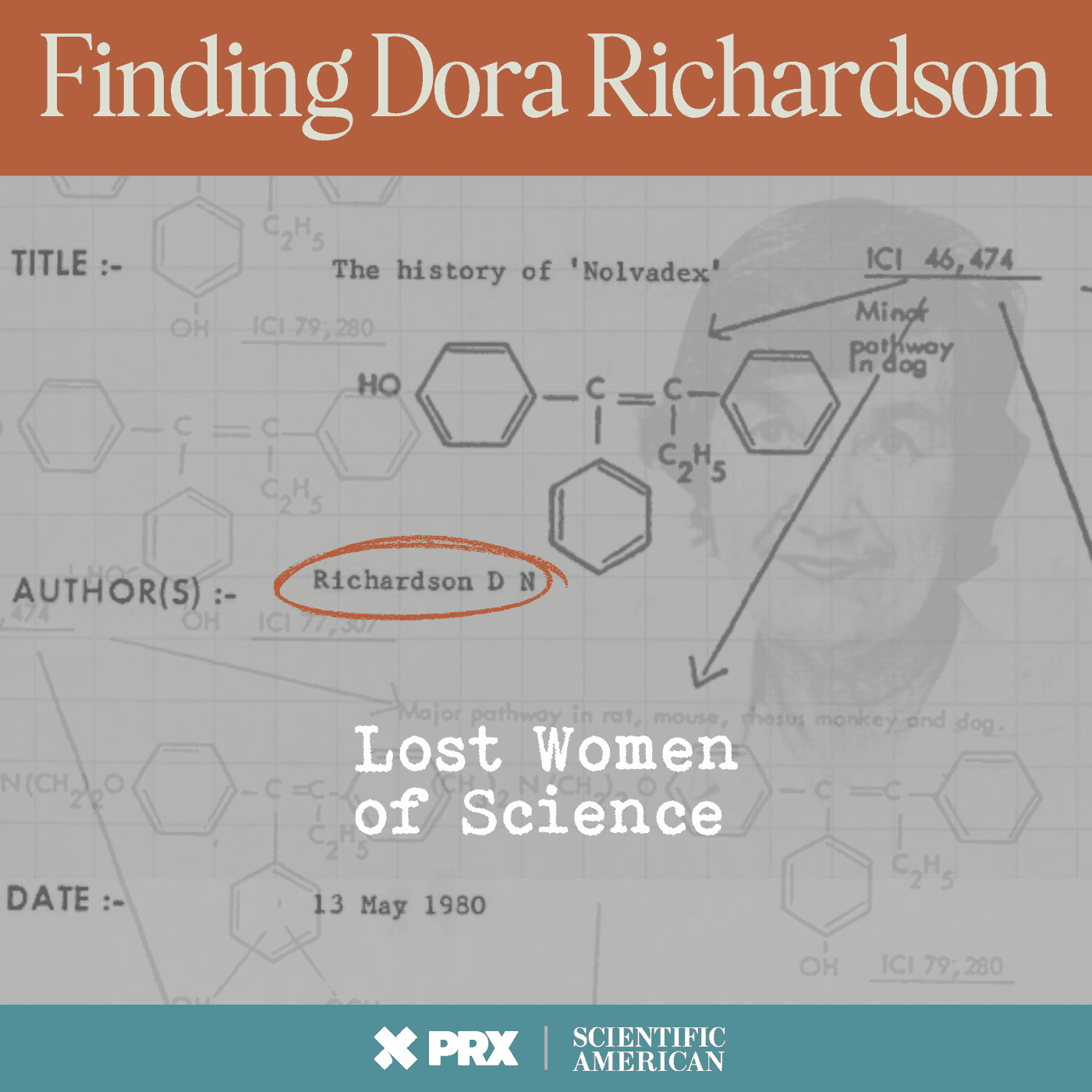



















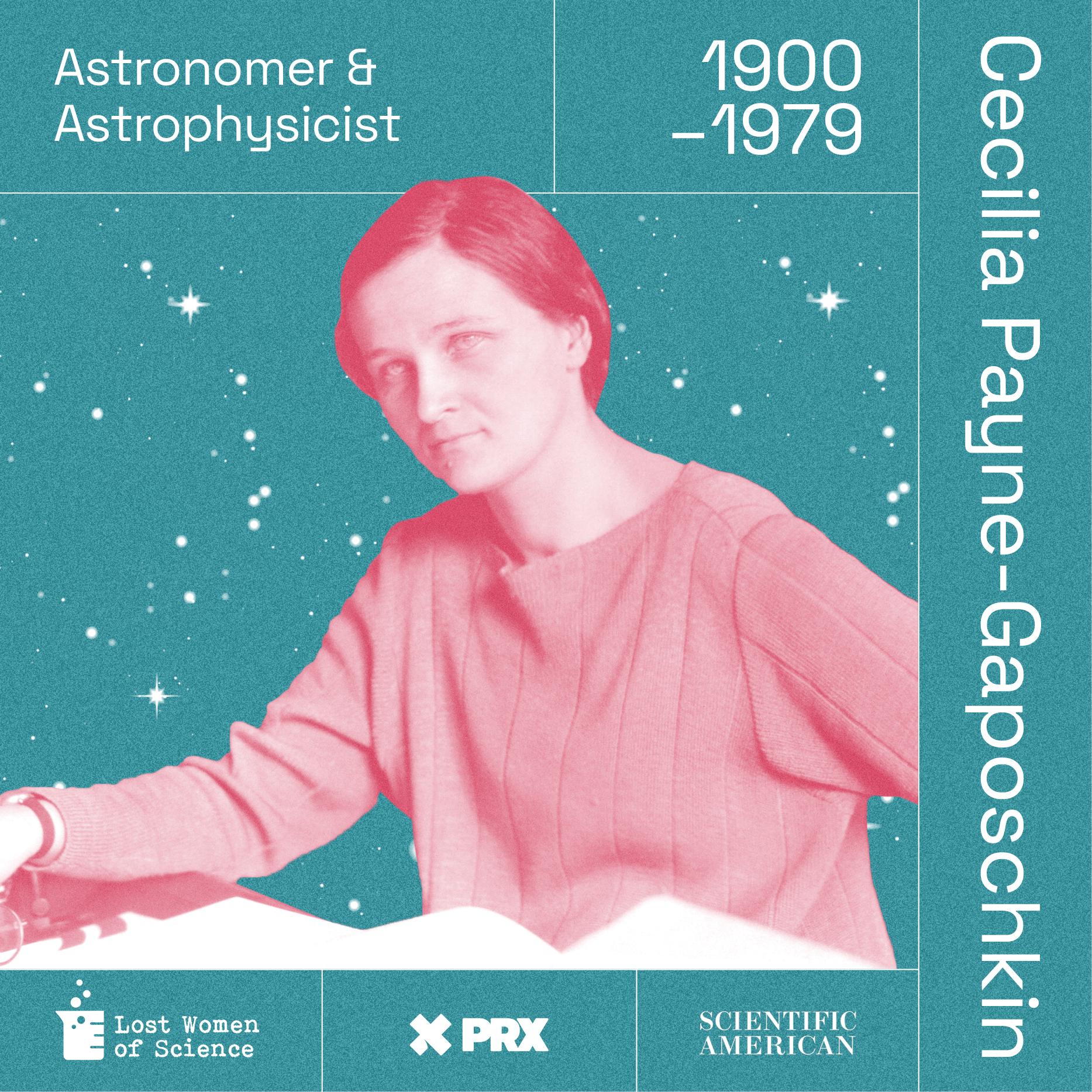

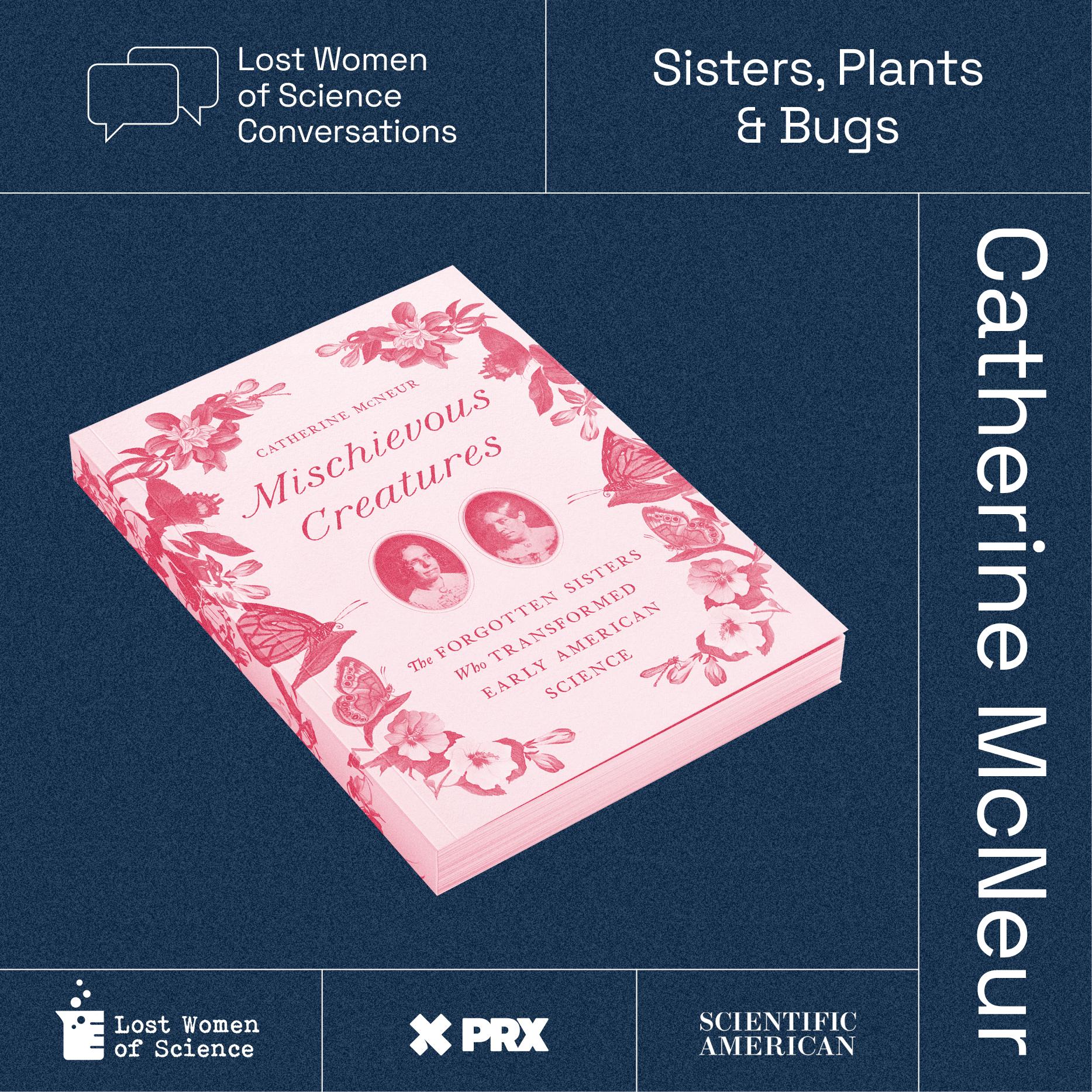

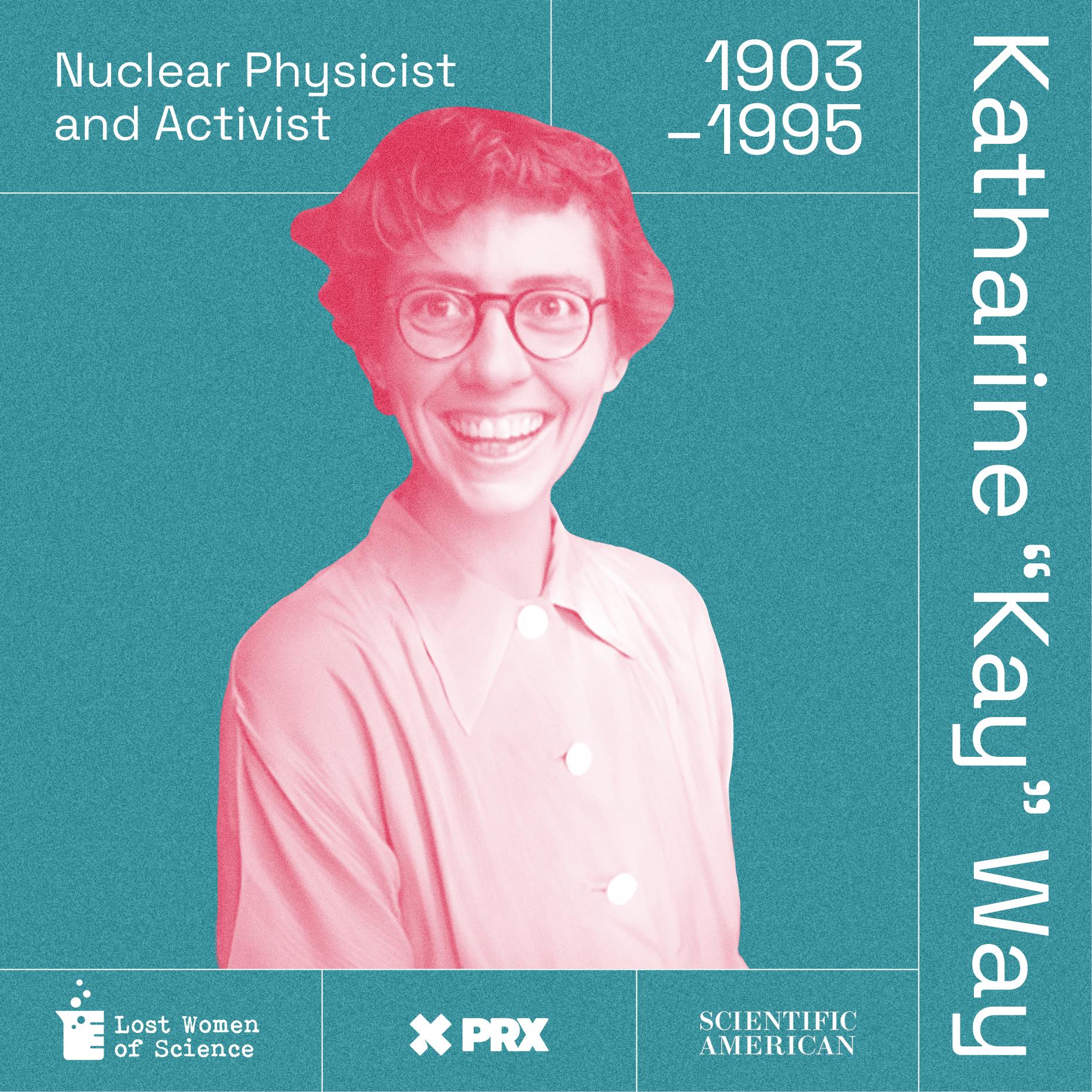









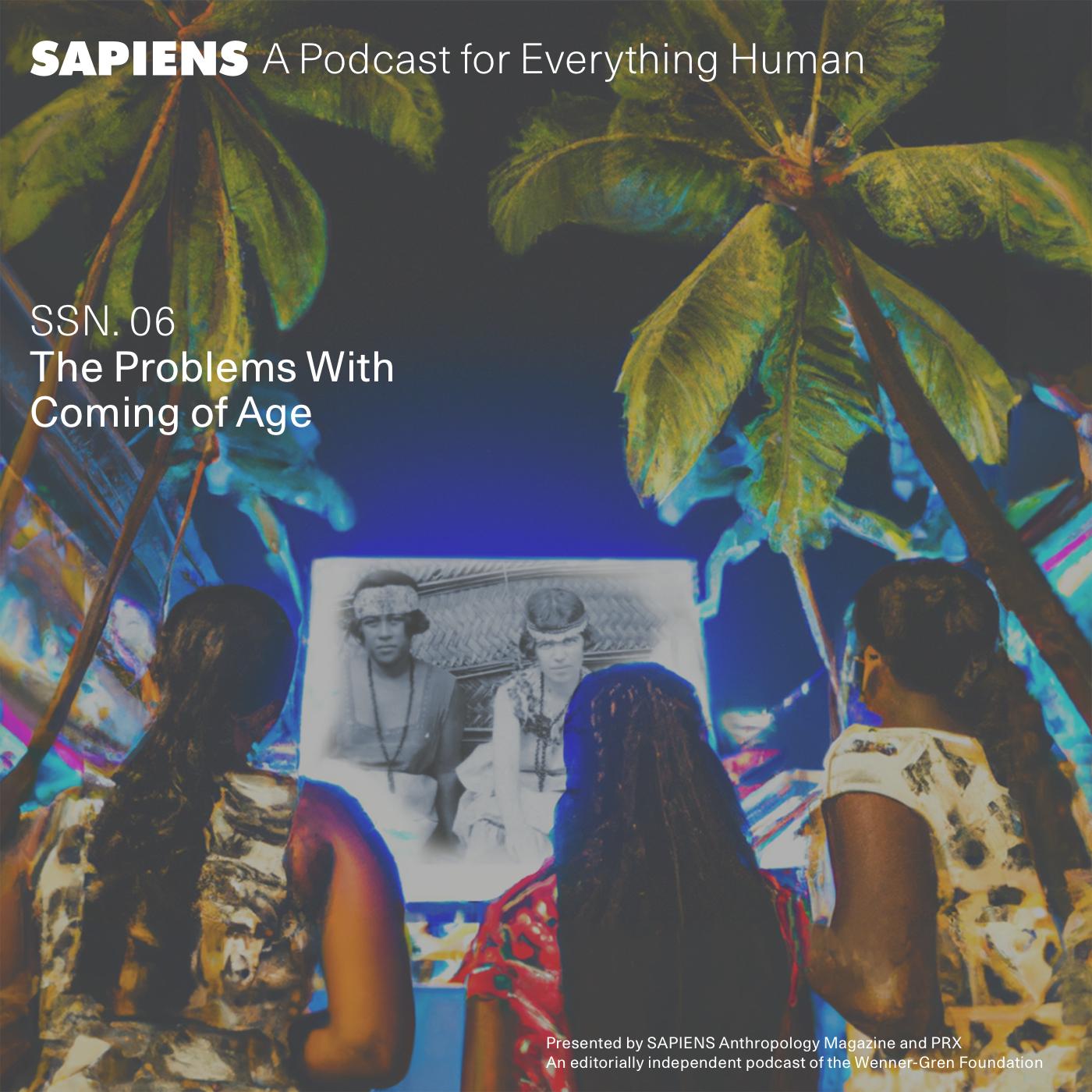











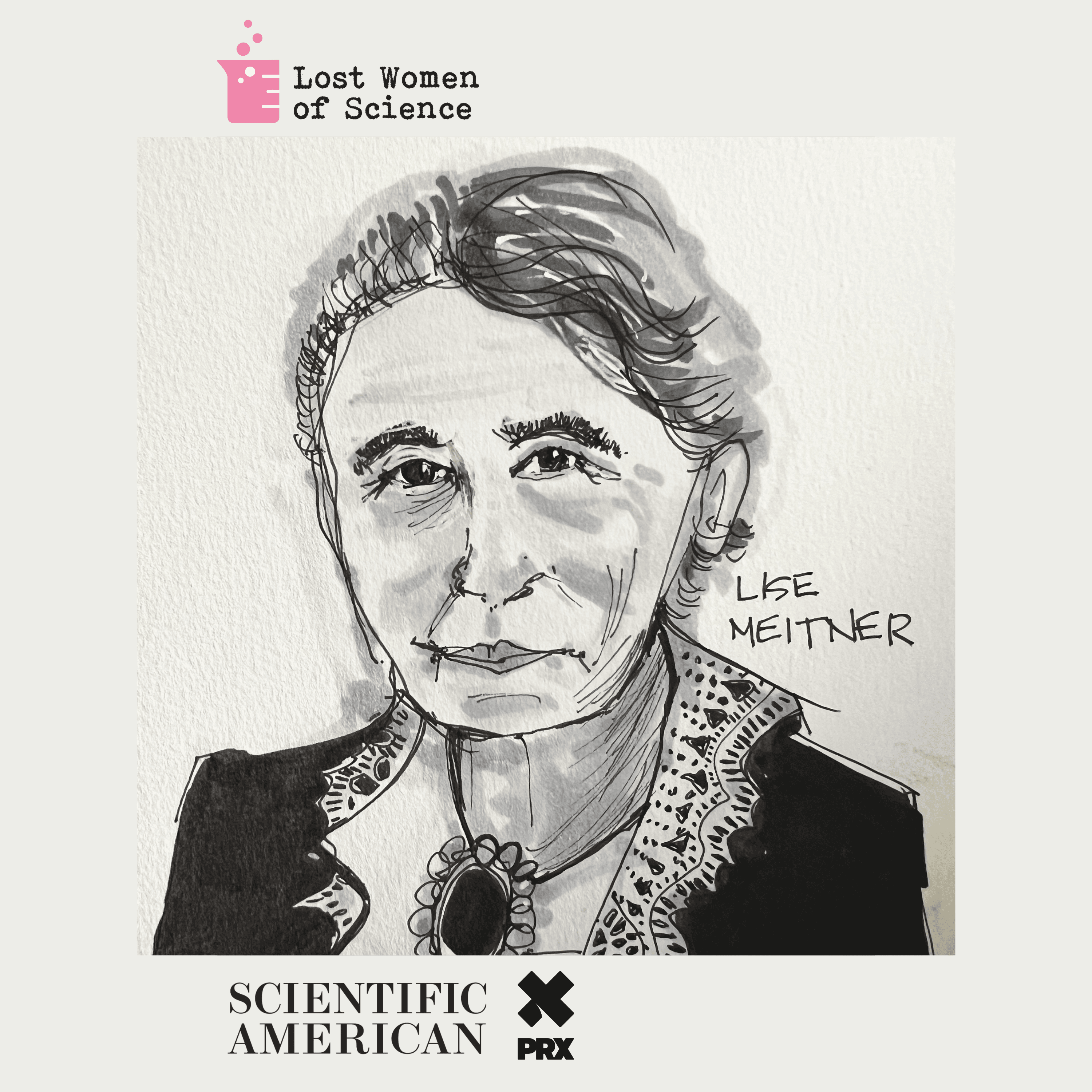









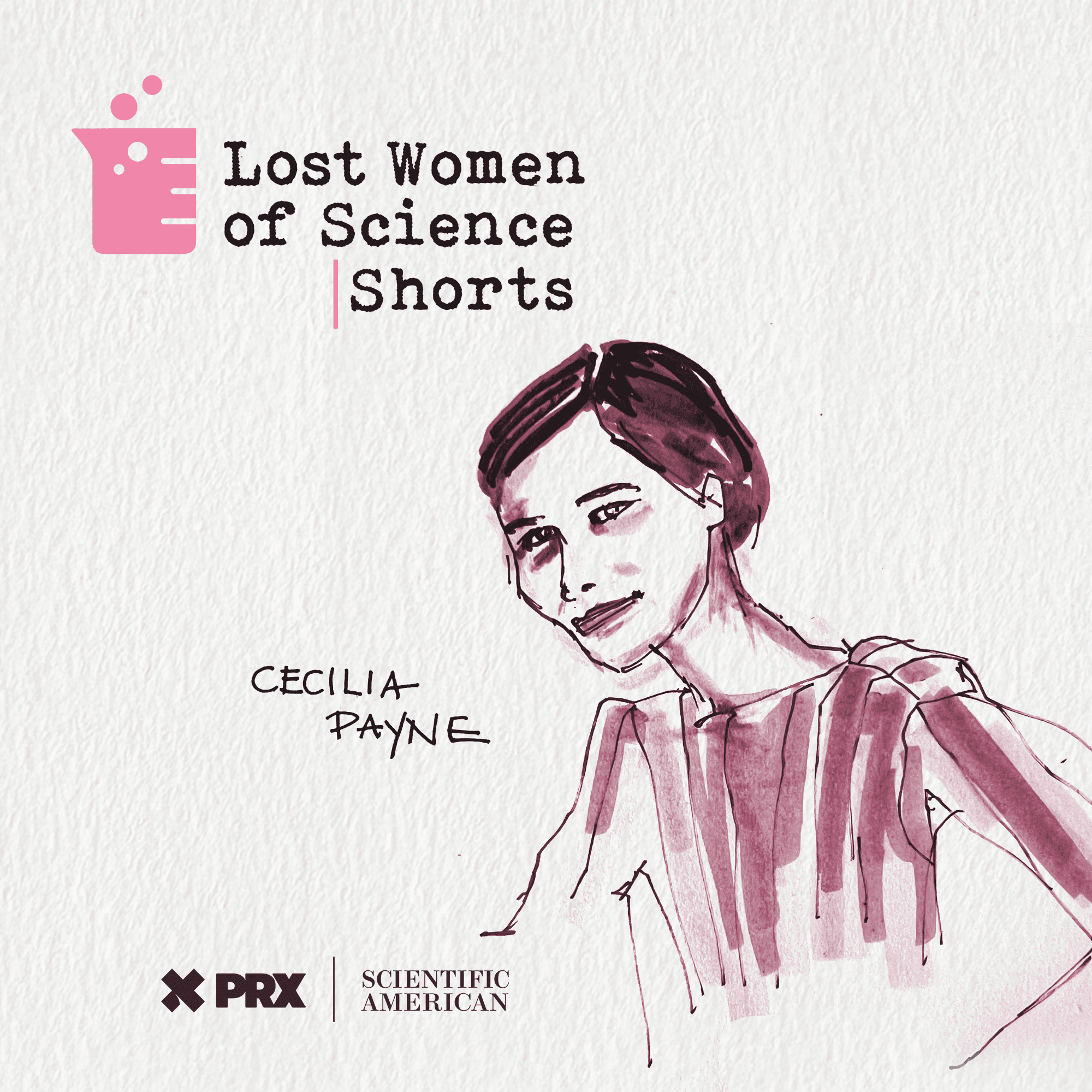


























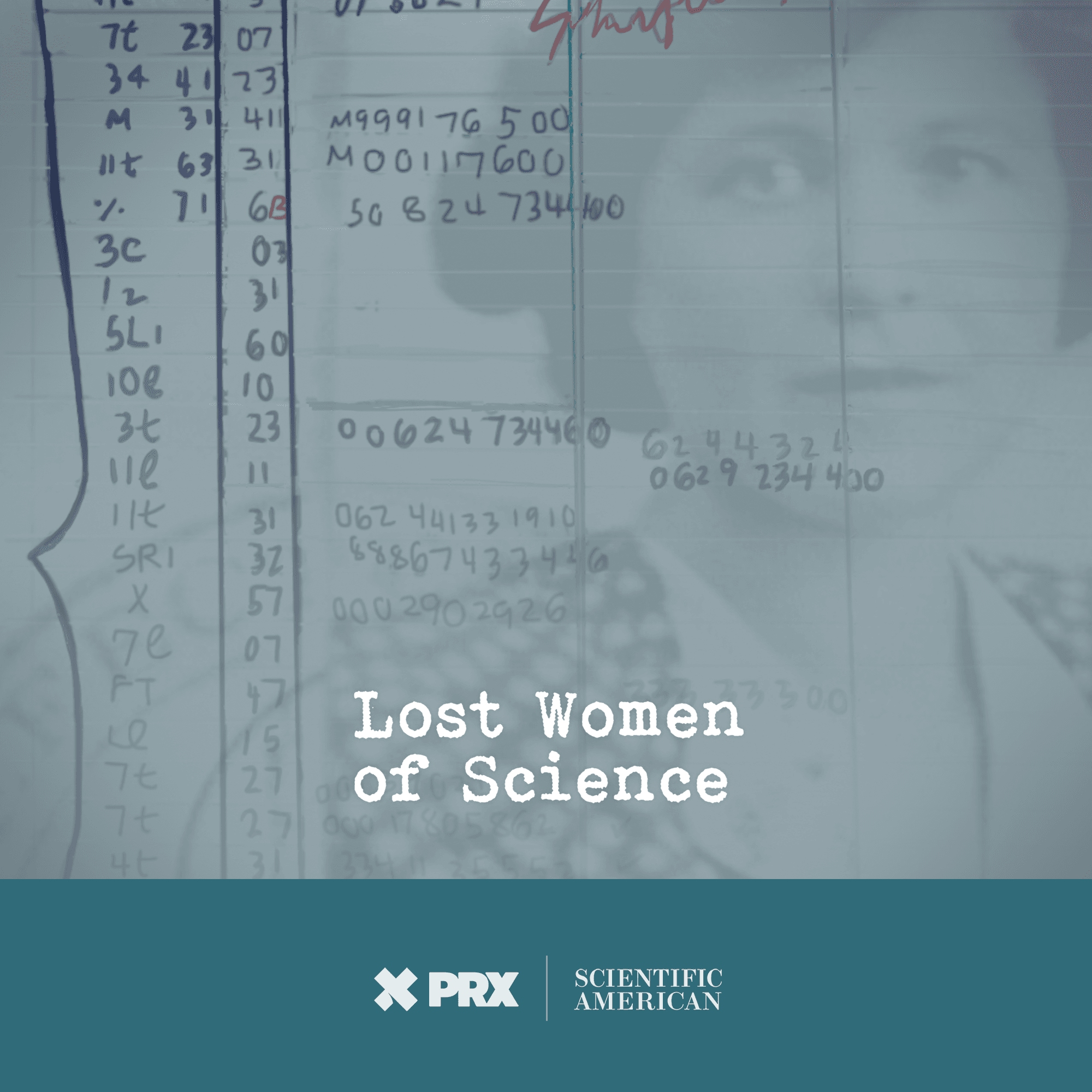
The Quest for Everything

By the second half of the 20th century, physicists were on a mission to find the ultimate building blocks of the universe. What you get when you zoom in all the way to the tiniest bits that can’t be broken down anymore. They had a kind of treasure map, a theory describing these building blocks and where we might find them. But to actually find them, physicists needed to recreate the blistering-hot conditions of the early universe, when many of these particles last existed. That’s why, in the mid-1970s, a major national laboratory entrusted Helen Edwards with a huge task: to oversee the design and construction of the most powerful particle accelerator in the world, the first of a new generation of particle colliders built to uncover the inner workings of the universe.
Learn about your ad choices: dovetail.prx.org/ad-choices